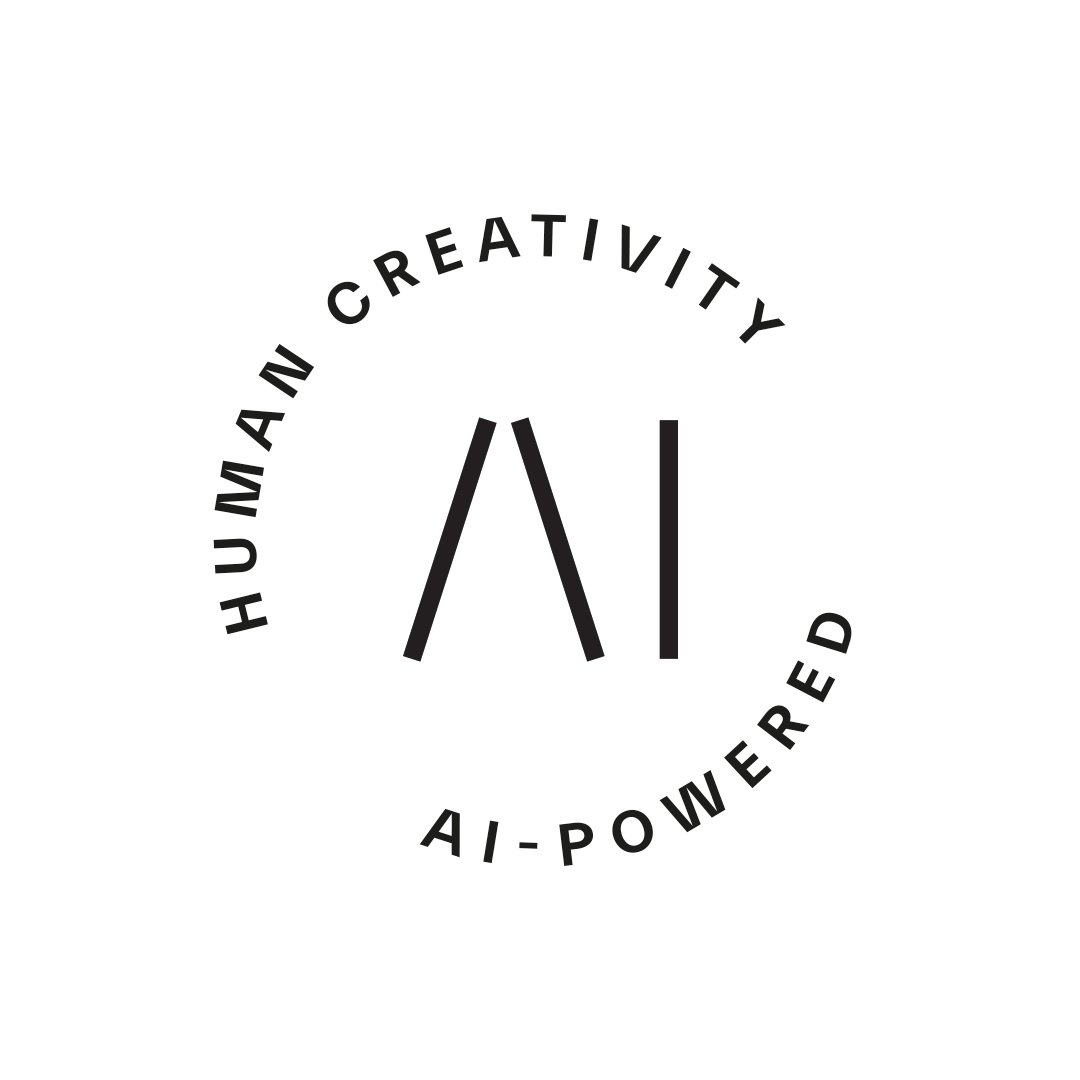Most digital services slow down after launch. Teams shift focus, and what was once a fast-moving project becomes routine upkeep. But what if the same maintenance budget could drive business growth? With the right setup, ongoing support can do more than fix bugs—it can improve the user experience, respond to real behavior, and push steady updates that grow value over time. That’s what Continuous Growth Design is all about.
Continuous Services cover all the run-phase essentials: monitoring, incident response, small-scale development, security patching, and more. They’re governed by Service Level Agreements (SLAs) that guarantee uptime and response times. But what if this continuous phase could do more than just maintain? Imagine turning maintenance into a source of continuous innovation.
That’s the promise of Growth Design through Continuous Services: an approach where designers, developers, and business stakeholders collaborate after launch to observe real usage, uncover frictions, experiment, learn, and release steady, small improvements for better commercial performance. Instead of a risky redesign every few years, you roll out dozens of low-risk tweaks every few weeks—keeping the service aligned with user needs, expectations, behaviors, regulation, and market changes.
1. From reactive to proactive
When continuous growth design principles are applied to continuous services, maintenance stops being just about fixing problems and becomes a way to make the product better—constantly. It shifts from being a cost center to becoming a driver of value creation.
This shift brings several tangible benefits:
| Proactive adaptation | Small, data-driven releases let you respond to new user behaviors in days or weeks—not quarters. The service team can quickly adapt to trends, polish new features, or respond to regulatory and device changes. Frequent updates help keep your digital service ahead of the curve. |
| User-centric improvements | This approach keeps users and business outcomes at the center. Feedback and UX research guide priorities, leading to tweaks that add up to a better experience—like streamlining checkouts or improving navigation. Users feel heard and the service evolves accordingly. |
| Measurable business impact | Each change connects to a business metric—like improved conversion after a UX update or reduced churn due to continuous value delivery. The service evolves into a source of ROI, not just upkeep. |
| Deeper partnership | This mindset builds stronger client relationships. The conversation shifts from meeting SLAs to improving user and business outcomes. Experience metrics complement technical ones. Over time, the value of the partnership compounds. |
.png?width=1039&height=831&name=Continuous_growth_design_in_action%20(1).png)
2. Continuous Growth Design in action
After launch, digital services usually take one of two paths: stability-focused maintenance or continuous, iterative improvement. The latter approach leads to better user satisfaction, business performance, and long-term value.
Traditional setup – stability, but little change
Imagine a retail company launching a new e-commerce platform. After go-live, the project hands off to a maintenance team focused on uptime, bug fixes, and SLAs. Progress is checked quarterly. The site remains functional, but doesn't improve unless explicitly requested—usually during costly redesigns years later.
A different way: Small updates, all the time
Now imagine a modern care setup. The care team collaborates with business stakeholders, reviews analytics and user feedback regularly, and proactively suggests improvements.
Real-world friction, real-time fixes
They spot drop-offs at the payment page. Interviews reveal mobile users find checkout confusing. Within weeks, a simpler flow is designed, tested, and released. Results? Higher conversion rates.
A rhythm of learning and improving
The team keeps going:
- Simplifying navigation
- Tuning search results
- Adding personalized touches
Each update is measured against KPIs like customer satisfaction. Gradual improvements yield better outcomes and higher sales.
A new kind of partnership
Partnerships evolve from transactional to strategic. Meetings focus on learnings and improvements. One year in, the client sees clear ROI—better NPS, increased revenue, and visible value from continuous efforts.
3. Culture and capability matter
To succeed with this model, you need the right cultural mindset and skillset. The ideal partner combines tech expertise with design thinking and business acumen. Teams that can both solve backend issues and redesign frontends are positioned to deliver end-to-end value.
This is where companies like Siili excel—fusing design, tech, and data to co-create solutions beyond launch. Whether it’s a quick UI fix or an innovation workshop, they help unlock real value continuously.
4. Turning maintenance into your innovation engine
Continuous design is both visionary and practical. It ensures your digital services evolve in sync with users and business needs. It transforms long-term contracts into vehicles for ongoing value creation.
By balancing SLA-driven reliability with experience metrics and choosing partners with the right capabilities, your digital services become living products. Your users notice. Your bottom line reflects it. And your partnerships become truly transformational.
Great experiences and business results don’t happen by chance—they're created through continuous improvement and a commercial mindset.
Let’s make your maintenance budget your most reliable source of innovation.
|
|
About the authors |
|
|
|||
|
|
Toni Petäjämaa |
|
|
|||
|
|
Toni Petäjämaa is a seasoned expert in digital innovation, business development, and strategic leadership. At Siili, he helps clients turn long-term partnerships into practical growth by combining modern technologies with a strong focus on service design and continuous improvement. With a hands-on approach and a talent for simplifying complexity, Toni leads cross-functional teams, supports sustainable business outcomes, and keeps learning at the forefront—especially in areas like AI, business design, and cloud solutions.
|
|||||
|
|
Juha-Matti Kosonen |
|
|
|||
|
|
Juha-Matti Kosonen is a business and customer experience strategist with a strong track record in digital business development, service design, and leadership. At Siili, he helps clients build customer-centric digital services by combining strategic insight with hands-on design and agile experimentation. With a background spanning strategy, design, and business management, Juha-Matti leads multidisciplinary teams, drives business renewal, and connects the dots between technology, human needs, and long-term value creation.
|
|||||
.png)


.png?width=175&height=175&name=cropped_image%20(1).png)
